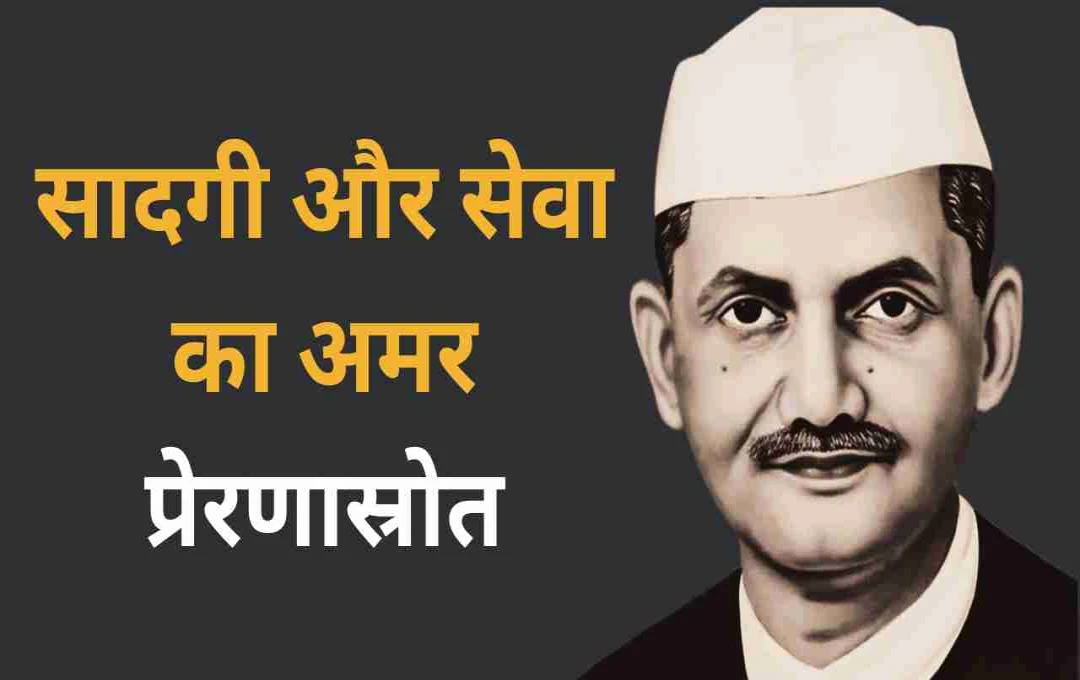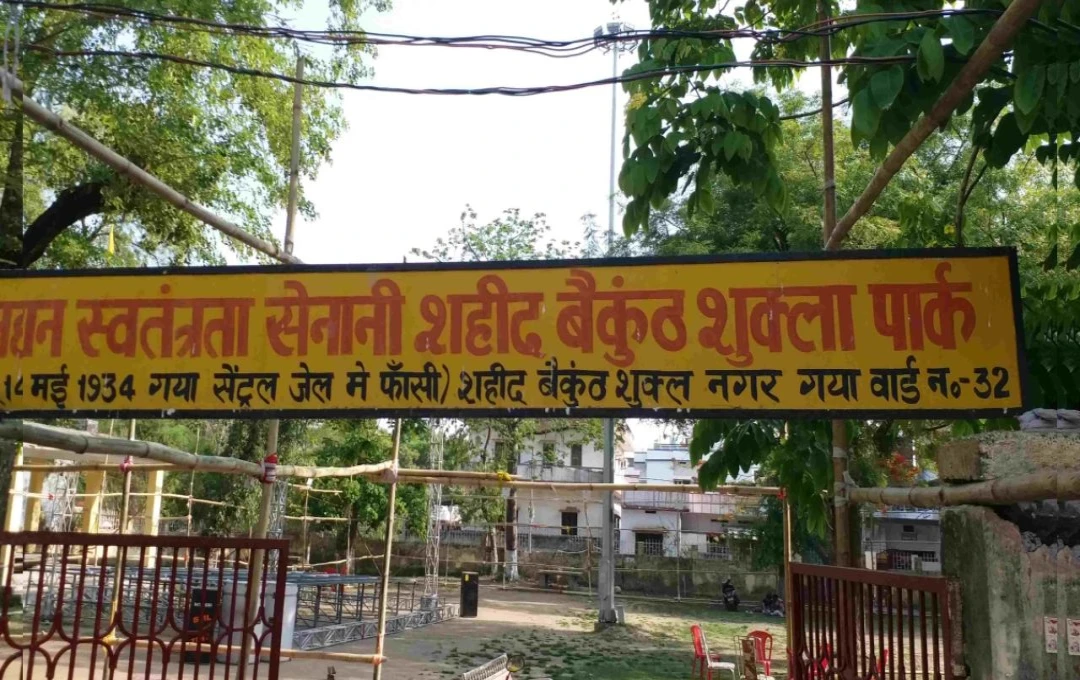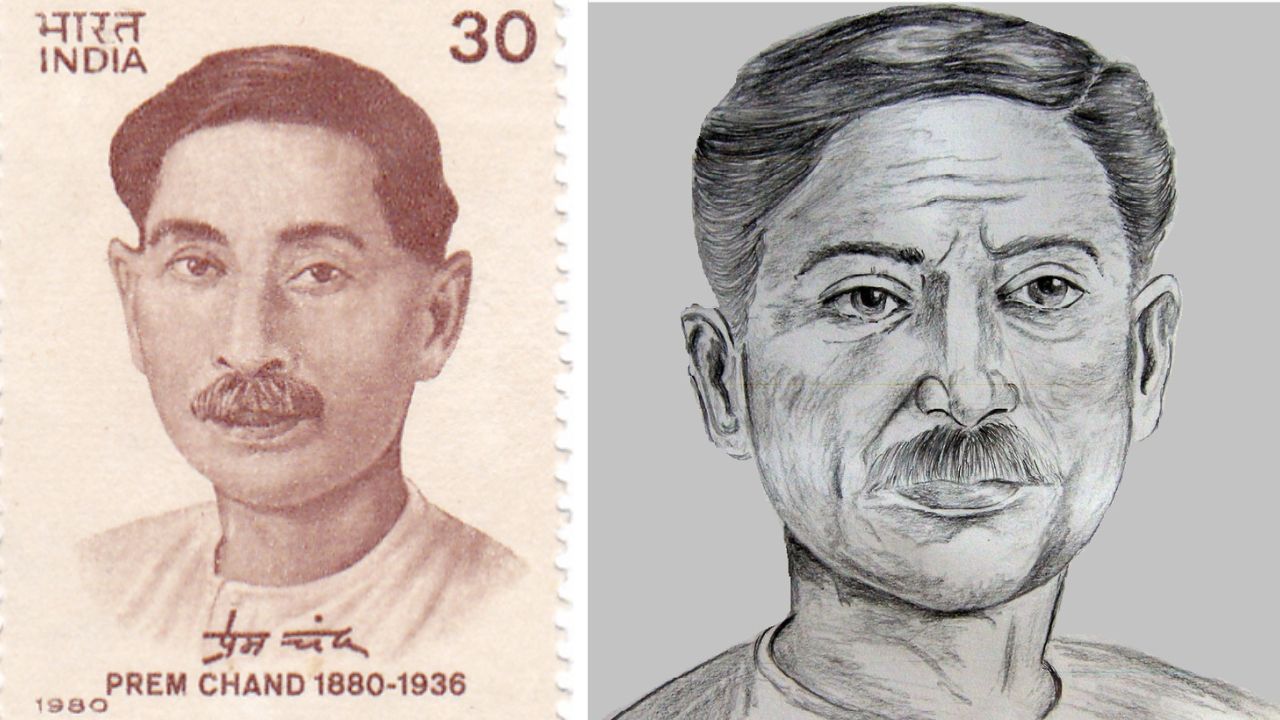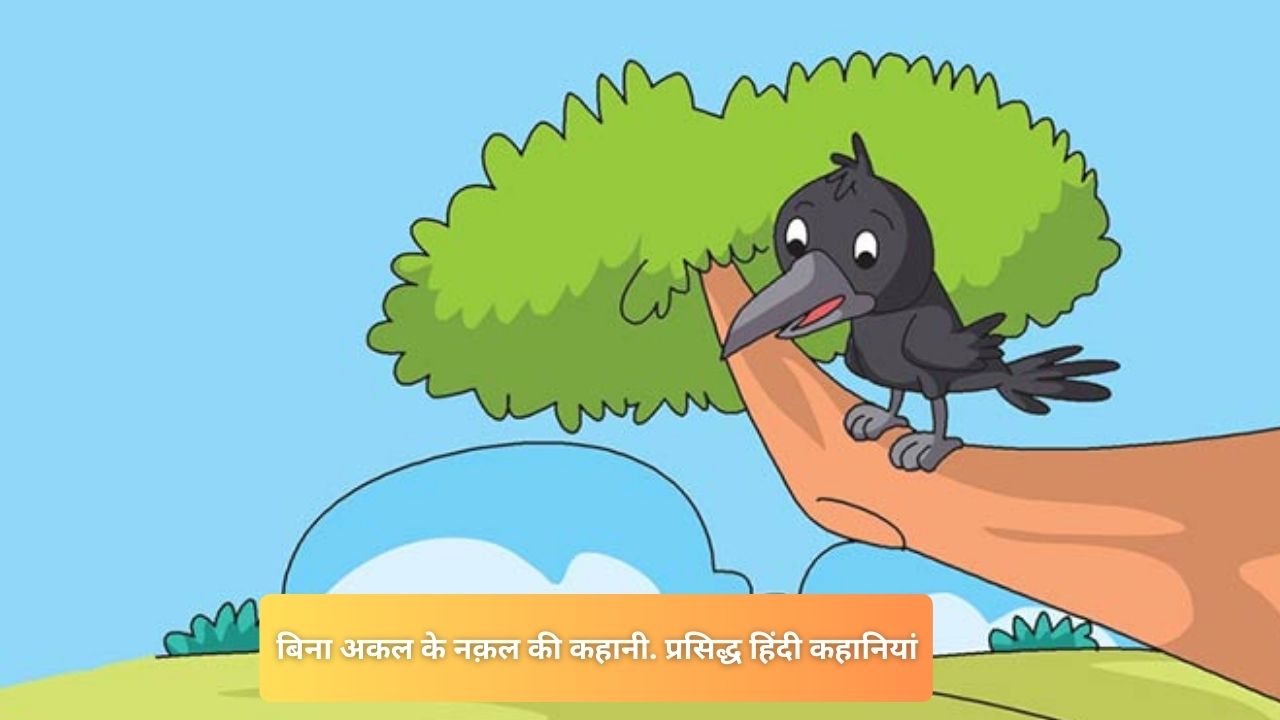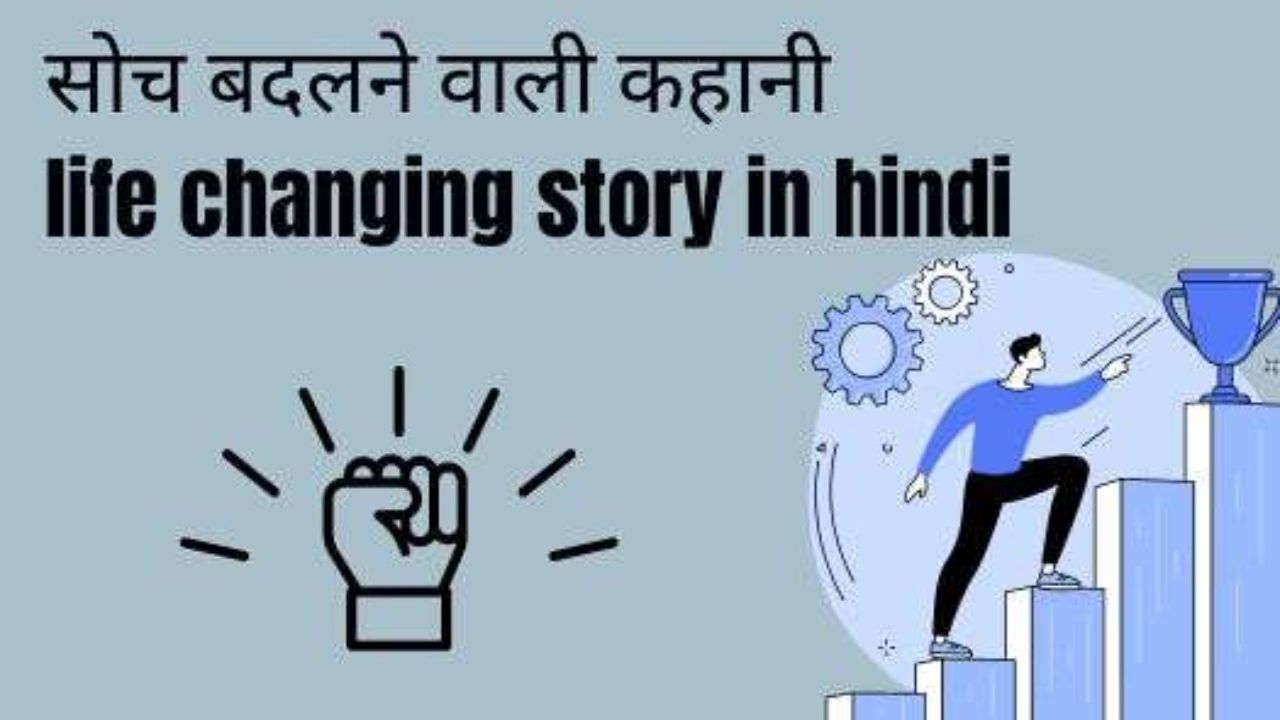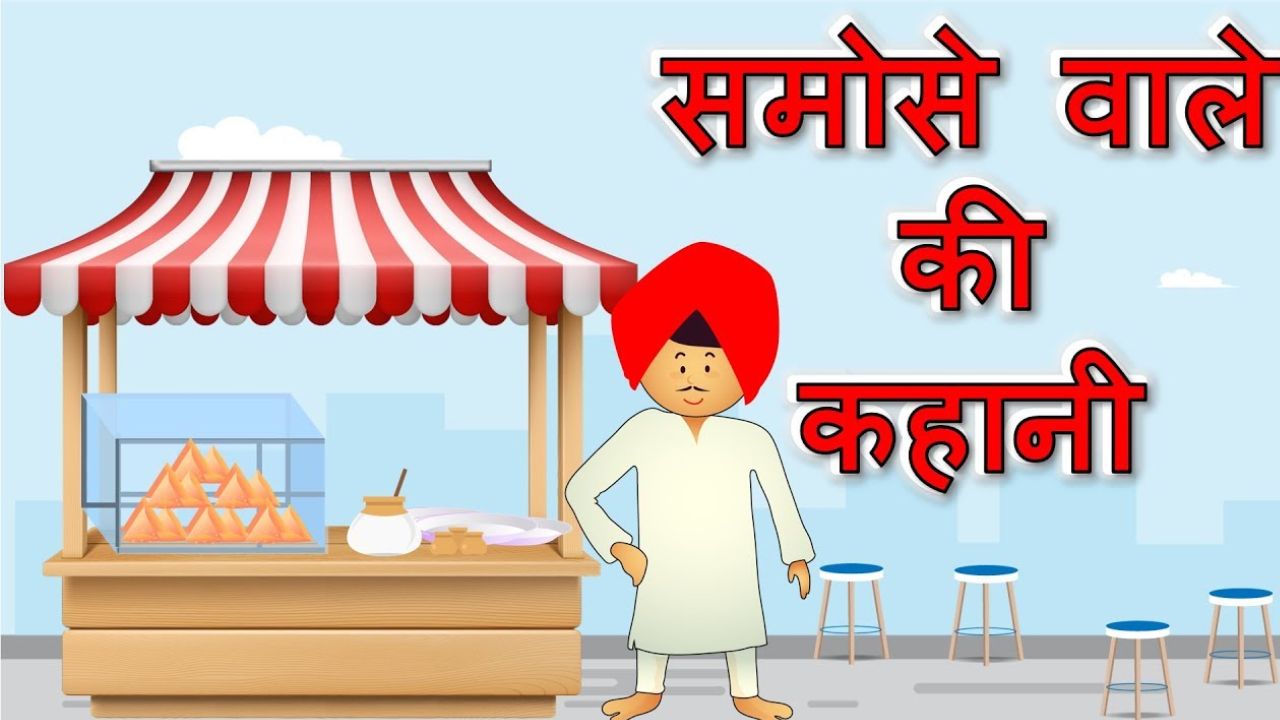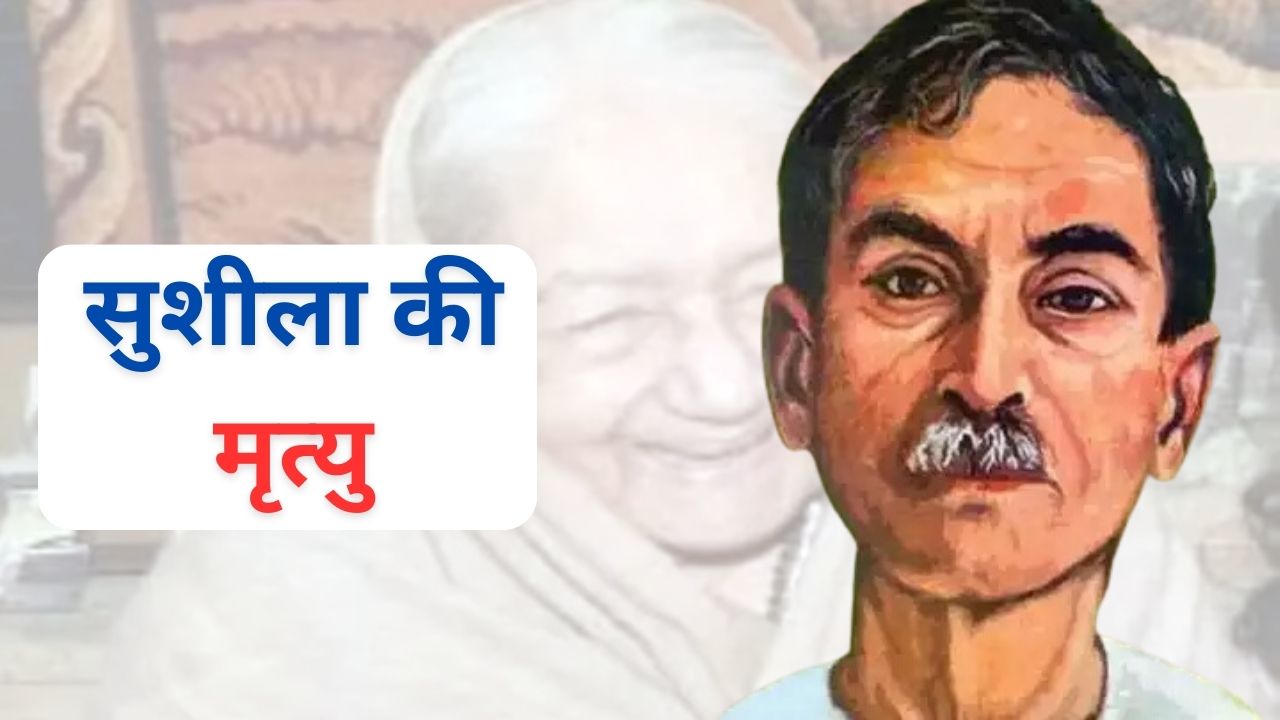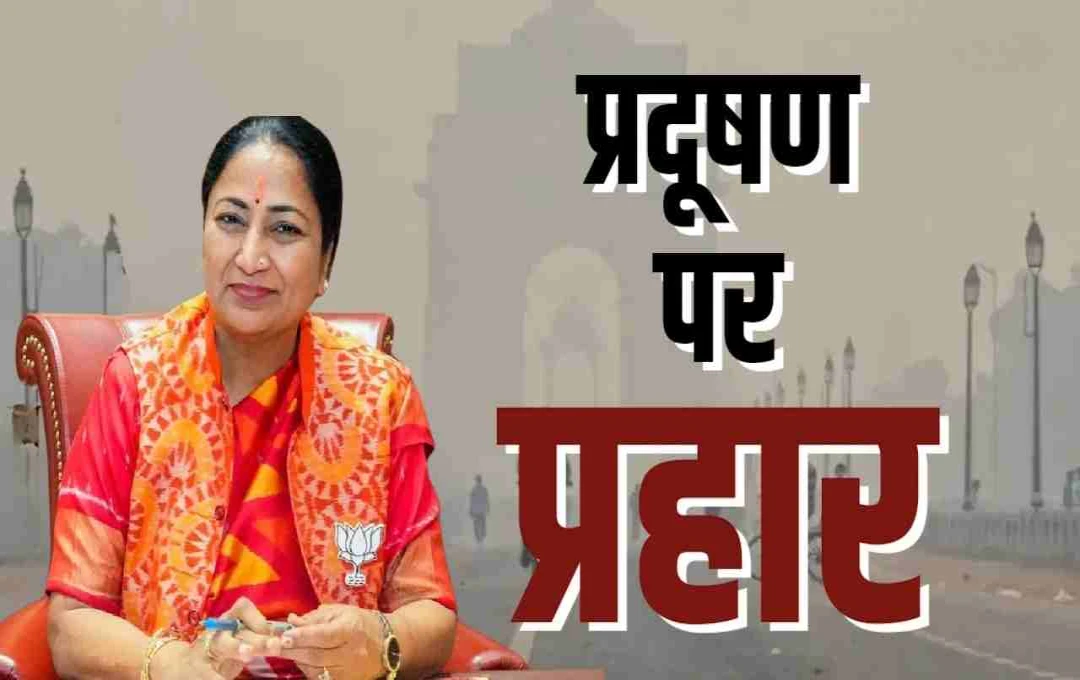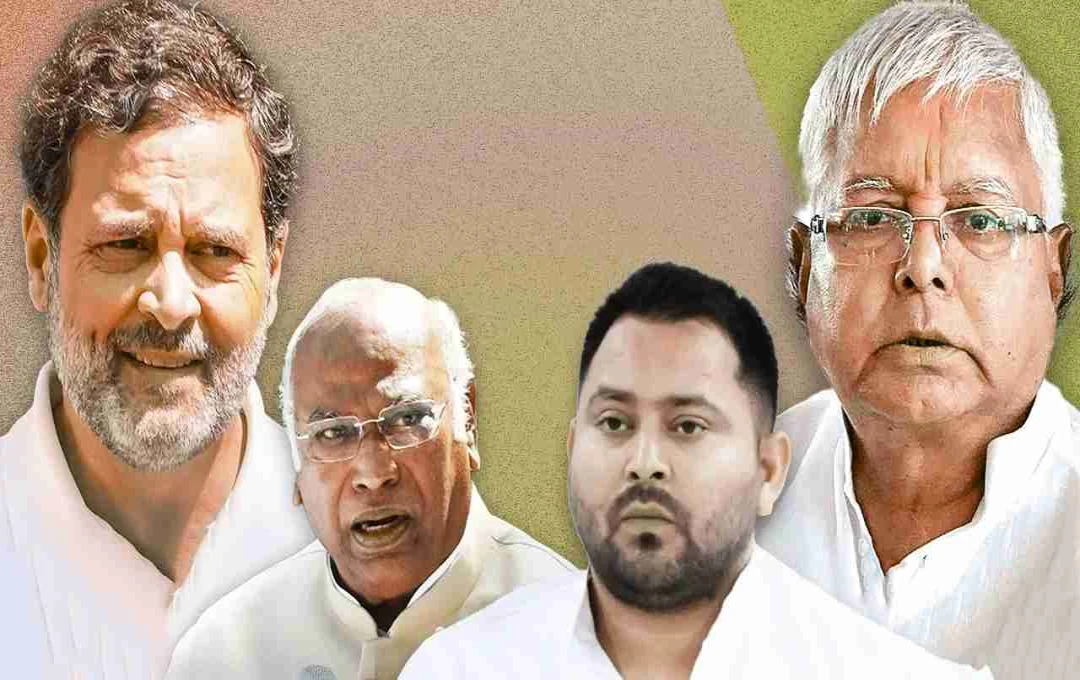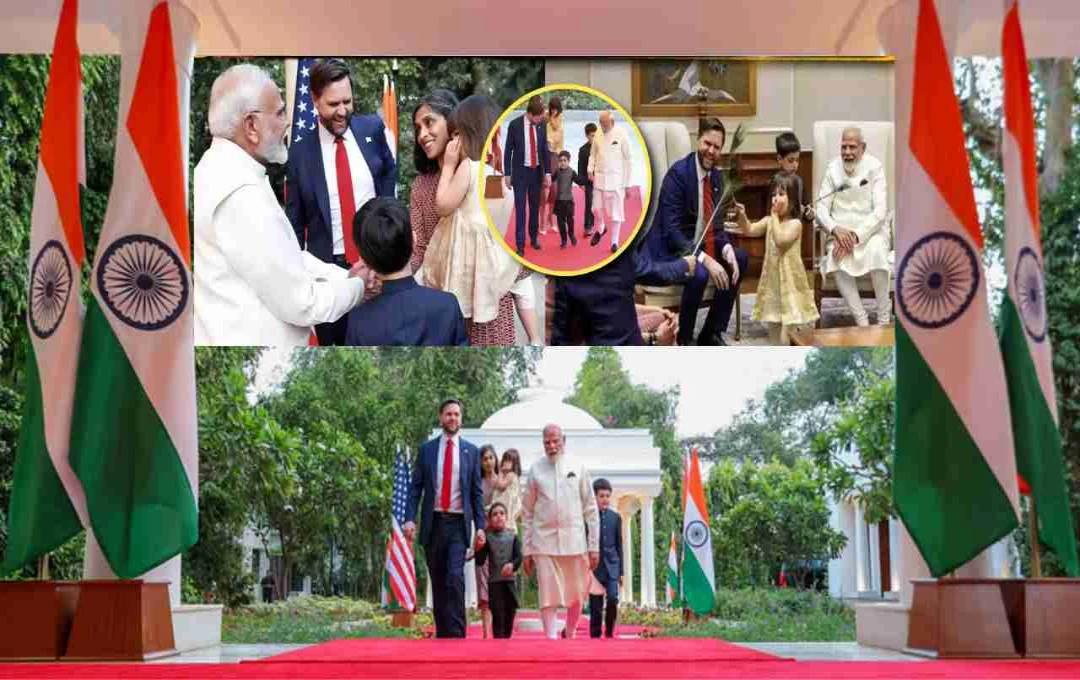Lal Bahadur Shastri, India's second Prime Minister, exemplified simplicity, integrity, and resolute leadership, guiding the nation through challenging times. His life embodies the hopes and struggles of the common Indian. The originator of slogans like "Jai Jawan, Jai Kisan" (Hail the Soldier, Hail the Farmer), Shastri Ji accomplished monumental tasks in his relatively short life, continuing to inspire us today.
Birth and Childhood
Lal Bahadur Shastri was born on October 2, 1904, in Mughalsarai, Uttar Pradesh (now Pandit Deendayal Upadhyaya Nagar). His father, Sharad Prasad Srivastava, was a school teacher who later became a clerk in the revenue department. His mother, Ramdulari Devi, was a wise and educated woman. When Shastri Ji was only a year and a half old, his father succumbed to the plague. Following this, his mother took him to her parents' home, where he spent his childhood. Losing his father at such a young age was a significant hardship, but he did not succumb to despair.
His childhood was marked by financial constraints and difficulties, yet Shastri Ji excelled in his studies. He always believed in hard work and honesty. Later in life, he dropped the surname "Srivastava," believing that caste divisions fragmented society. By removing his caste identity, he conveyed a message of equality and unity, a courageous and inspiring step at the time.
Education and Involvement in the Independence Movement
Lal Bahadur Shastri's education began at Harish Chandra High School. While a bright student, he left school to join the freedom struggle when Mahatma Gandhi launched the Non-Cooperation Movement against the British. He was only sixteen years old at the time. Gandhi Ji's ideals deeply influenced him, as did the philosophies of Swami Vivekananda and Annie Besant. From a young age, Shastri Ji possessed a patriotic zeal and aspired to serve society.
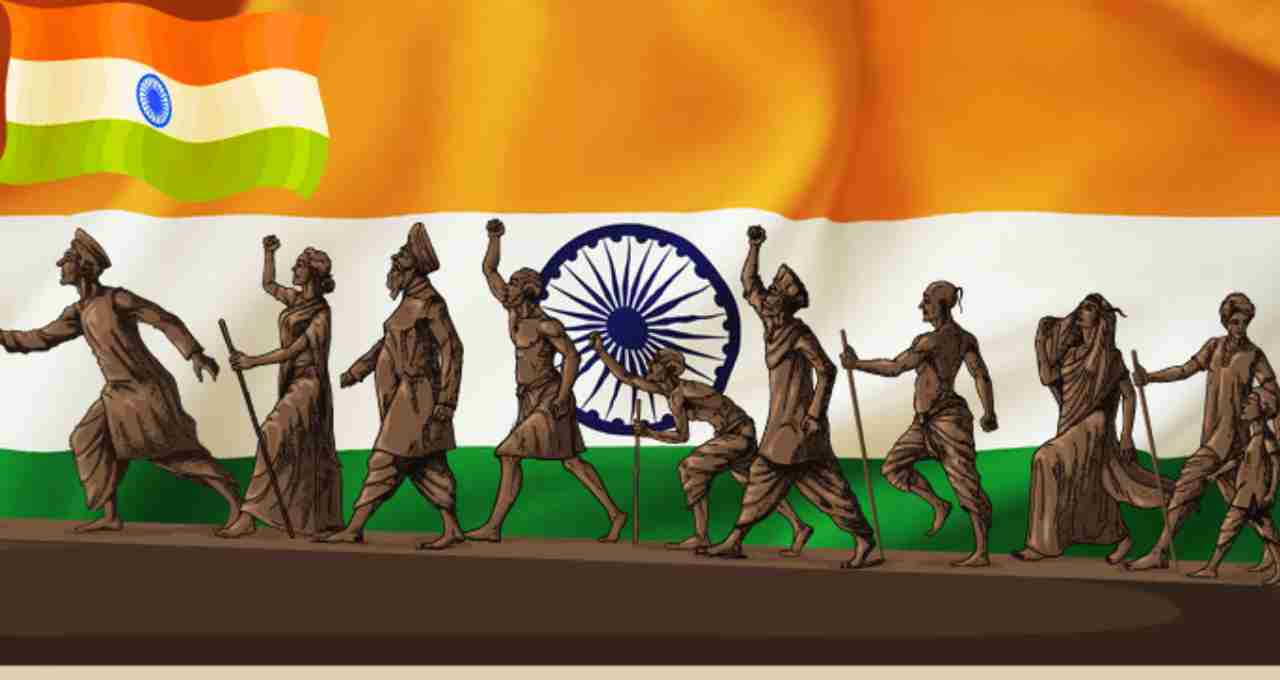
He continued his studies at Kashi Vidyapith in Banaras (now Varanasi), earning a degree in philosophy and ethics. Upon completion, he received the title "Shastri," which he adopted as part of his name. During this period, he joined the Servants of the People Society, a social service organization. There, he served the Harijans (Dalits), worked for their upliftment, and promoted social equality. Shastri Ji believed that India could not progress until the most vulnerable sections of society received justice and respect.
Active Role in the Freedom Struggle
Lal Bahadur Shastri participated in the freedom struggle from a very young age. From the 1920s until India's independence in 1947, he remained consistently involved in various independence movements. In 1930, during Mahatma Gandhi's Salt Satyagraha (Dandi March), Shastri Ji participated and was imprisoned for the first time. He actively participated in every subsequent movement, never backing down and steadfastly opposing the British.
He actively participated in Gandhi Ji's Individual Satyagraha in 1940, leading to further imprisonment. He was also actively involved in the "Quit India Movement" of 1942, resulting in another period of incarceration. In total, Shastri Ji was imprisoned seven times, spending nearly nine years behind bars. Even during imprisonment, he continued his studies and remained dedicated to social betterment. His sacrifices and courage solidified his image as a true patriot and leader.
Post-Independence Politics
Upon India's independence in 1947, Lal Bahadur Shastri was appointed Parliamentary Secretary in the Uttar Pradesh government, later becoming the Transport Minister. During this time, he made several significant decisions. He was the first minister to authorize the appointment of women as bus conductors—a bold and progressive step that opened new employment opportunities for women.

Subsequently, Shastri Ji became the Home Minister of Uttar Pradesh. Despite widespread riots in the state, he worked tirelessly to maintain peace and order, effectively managing the situation through integrity and simplicity. His clean image and decisive leadership garnered immense public support.
Contribution as Prime Minister
Following Pandit Jawaharlal Nehru's death in 1964, Lal Bahadur Shastri became India's second Prime Minister. The country faced numerous challenges—severe food shortages, economic difficulties, and strained relations with neighboring countries. Shastri Ji rose to the occasion, providing b leadership and addressing the nation's needs. He prioritized agriculture and food production.
Shastri Ji supported Amul Dairy and the National Dairy Development Board, boosting milk production and initiating the "White Revolution." He also encouraged farmers, fostering the "Green Revolution," significantly increasing grain yields in Punjab, Haryana, and Uttar Pradesh.
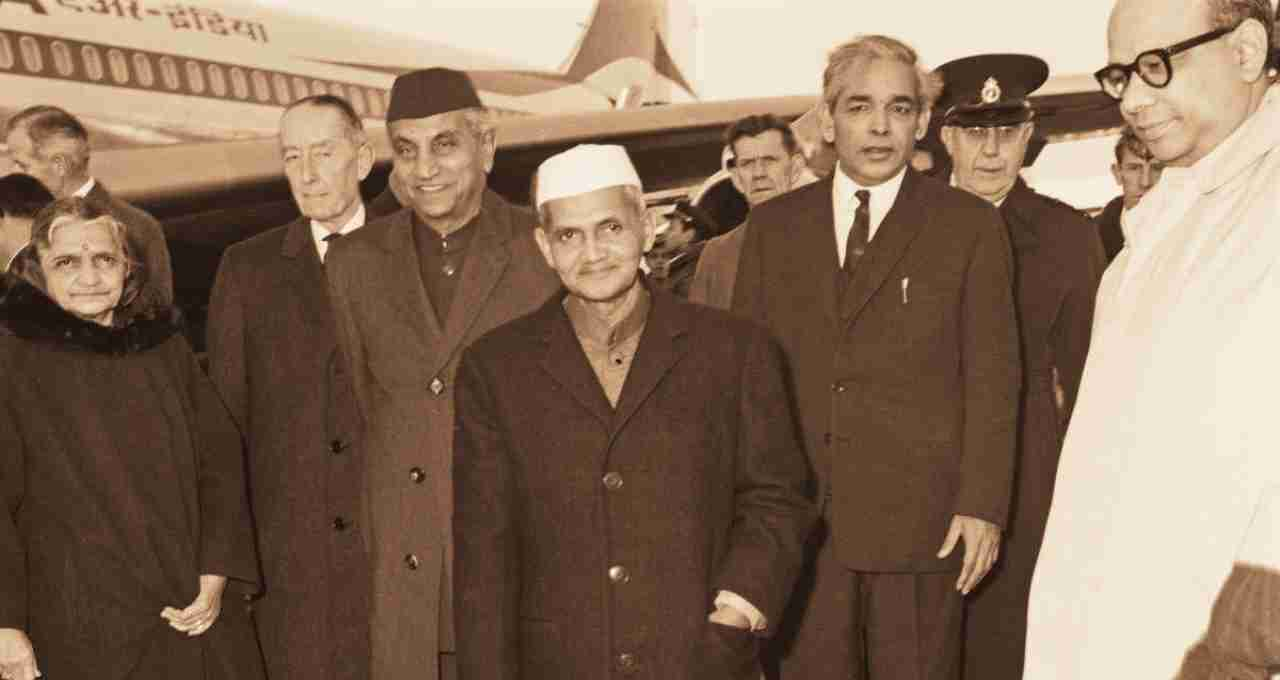
When Pakistan attacked India in 1965, Shastri Ji provided courageous leadership. He coined the slogan "Jai Jawan, Jai Kisan," which remains a symbol of patriotism and self-reliance.
The Tashkent Agreement and Mysterious Death
On January 10, 1966, a peace agreement was signed in Tashkent (now in Uzbekistan) to end the 1965 war between India and Pakistan. Known as the Tashkent Agreement, it was signed by Lal Bahadur Shastri and Pakistan's President Ayub Khan, aiming to promote peace and friendship between the two nations.
However, just one day later, on January 11, 1966, Shastri Ji died suddenly. While officially attributed to a heart attack, his death remains shrouded in mystery and continues to raise questions, with some considering it suspicious and believing the full truth remains undisclosed.
Lal Bahadur Shastri was a leader who won the hearts of the people not only through his actions but also through his conduct. His life teaches us that simplicity, integrity, and determination can guide a nation. As India seeks new pathways of leadership, the need for ideals like those of Shastri Ji becomes even more critical.
